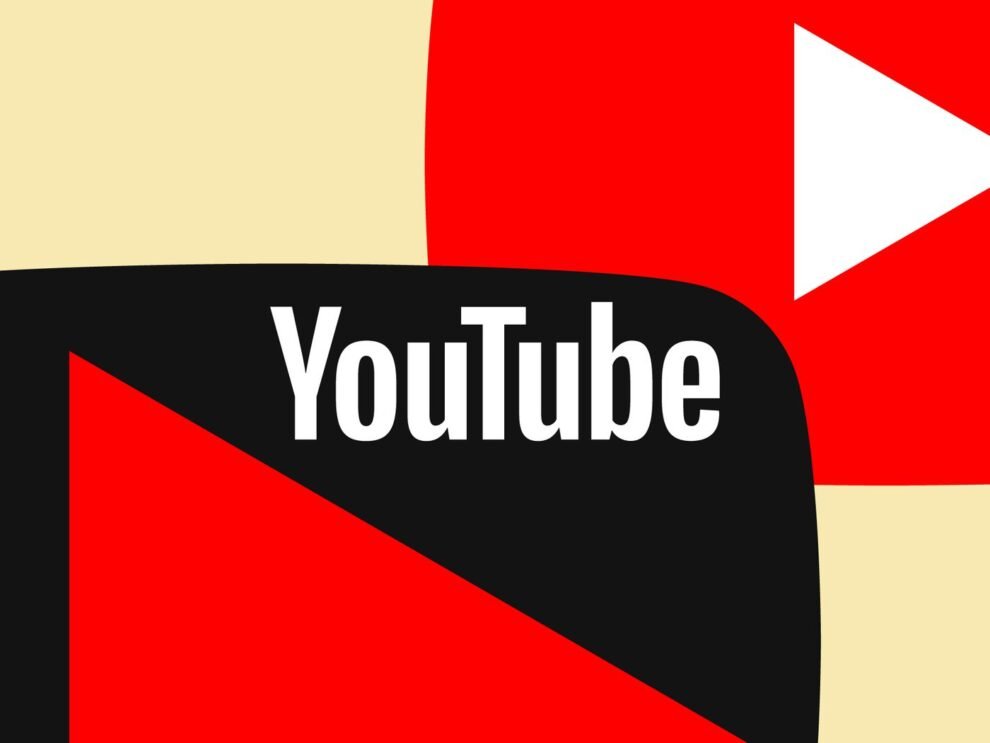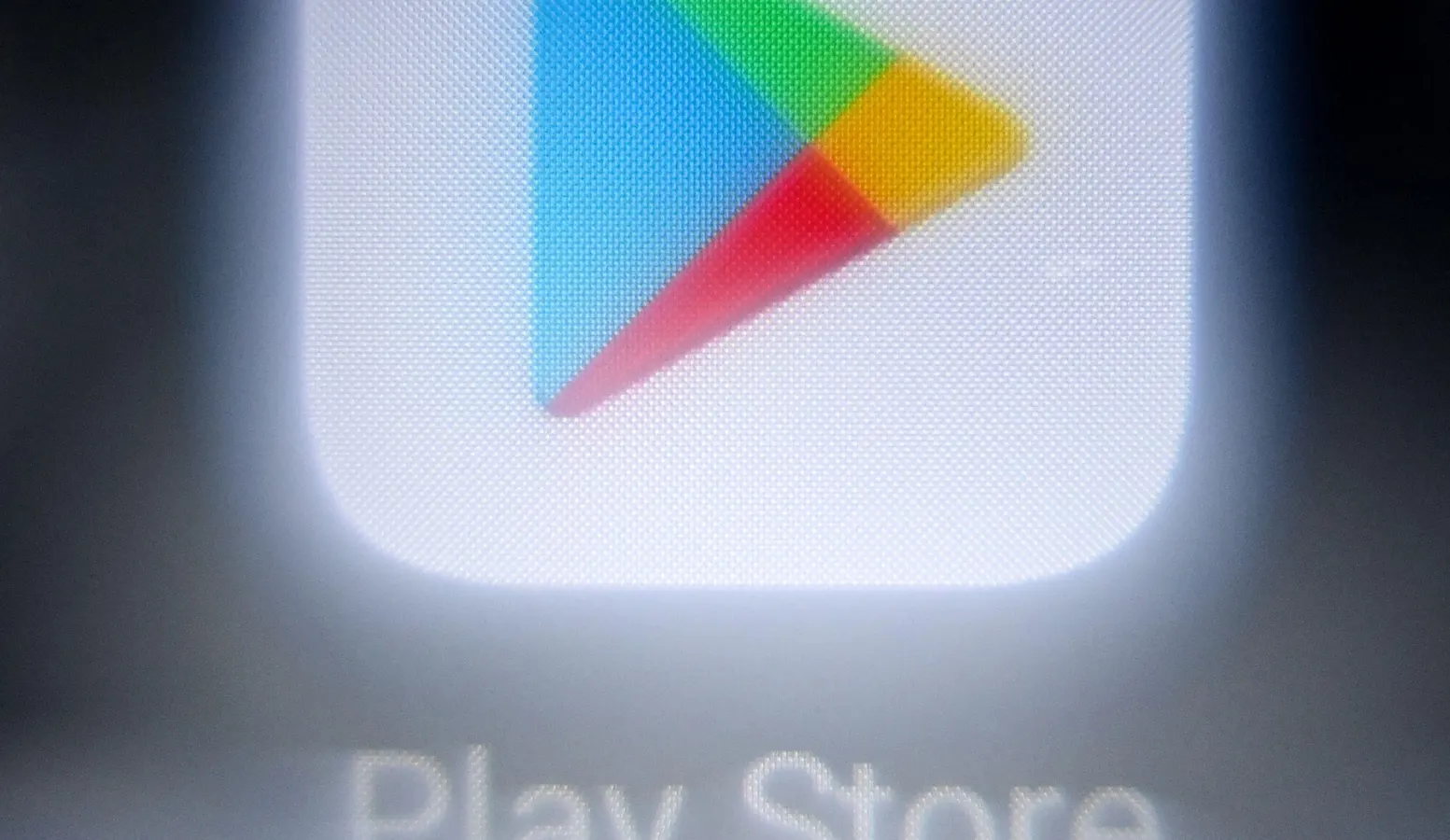In a significant move to regulate AI-generated content, YouTube has announced new guidelines requiring content creators to label their videos if they include AI-generated material. This decision aims to bring transparency and accountability to the digital space, where AI-generated content is becoming increasingly indistinguishable from content created by humans.
Key Highlights:
- Mandatory Labeling for AI-Generated Content: Creators are now required to disclose the use of AI in their videos, especially when the content appears realistic.
- Focus on Sensitive Topics: Enhanced scrutiny will be applied to content covering sensitive areas such as elections, conflicts, and public health, to prevent the spread of deepfakes.
- Consequences for Non-Compliance: Creators who fail to adhere to these guidelines may face severe penalties, including the loss of their account, suspension from the YouTube Partner Program, and removal of their videos.
- Viewer Notification: Videos containing altered or synthetic content will be labeled accordingly to inform viewers.
- Protection Against Deepfakes: Individuals who find themselves misrepresented through deepfakes on the platform have the right to request content removal, though exceptions apply for satire or parody.
- Music Industry Safeguards: Music labels can request the removal of AI-generated music that impersonates artists under contract, with YouTube considering fair use exceptions.
- AI Moderation Assistance: YouTube is leveraging AI to augment content moderation, aiming to identify and mitigate emerging threats more efficiently.
Understanding the Impact
These guidelines represent YouTube’s attempt to balance the innovative potential of AI with the need for integrity and safety in digital content. As AI technology continues to evolve, the platform is taking proactive steps to address the ethical and legal challenges posed by AI-generated content, particularly in areas prone to misinformation and copyright infringement.
For creators, understanding and complying with these new rules is crucial. Not only does it affect how they produce and present their content, but it also impacts their standing within the YouTube community and their potential earnings. For viewers, these labels serve as a tool for informed consumption, enabling them to distinguish between authentic and AI-generated content.
Addressing the Rise of AI-Generated Content
As AI becomes more sophisticated, it can realistically create or alter people, places, and events in videos. This has significant implications for how we perceive online content. YouTube’s new policy acknowledges the need for viewers to make informed decisions about the authenticity of videos, especially those dealing with sensitive subjects.
How the Tool Works
During the video upload process in YouTube Creator Studio, creators will see a new option to disclose if their video includes AI-generated content. There will be a clear explanation of what types of edits or creations fall under this label. YouTube stresses that not all AI-generated content requires labeling. For example, special effects, fantastical elements, or minor background enhancements wouldn’t need disclosure.
Protecting Viewer Trust
This initiative reinforces YouTube’s commitment to building trust within its community. Viewers should be able to distinguish between authentic content and videos that use AI in a potentially misleading way. This move aligns with broader efforts within the tech industry to tackle the challenges posed by deepfakes and other forms of synthetic media.
As the digital landscape continues to change, platforms like YouTube are at the forefront of setting standards for responsible AI use. These new guidelines underscore the importance of transparency and accountability, setting a precedent for how other platforms might address similar challenges.

















Add Comment